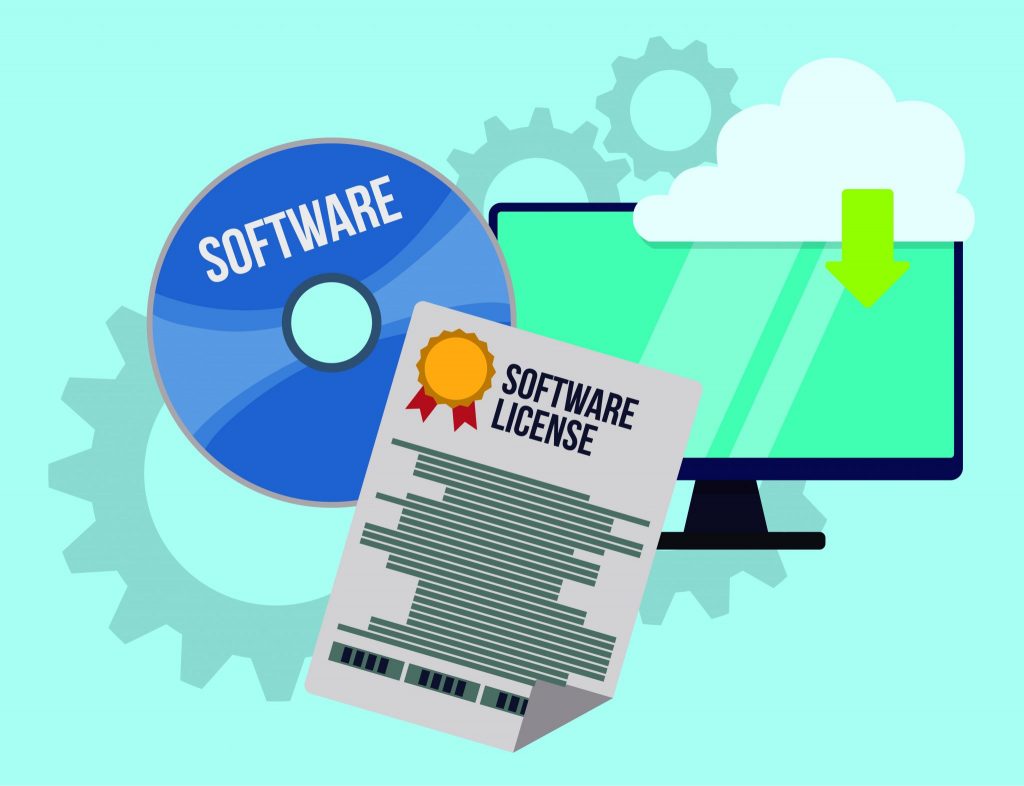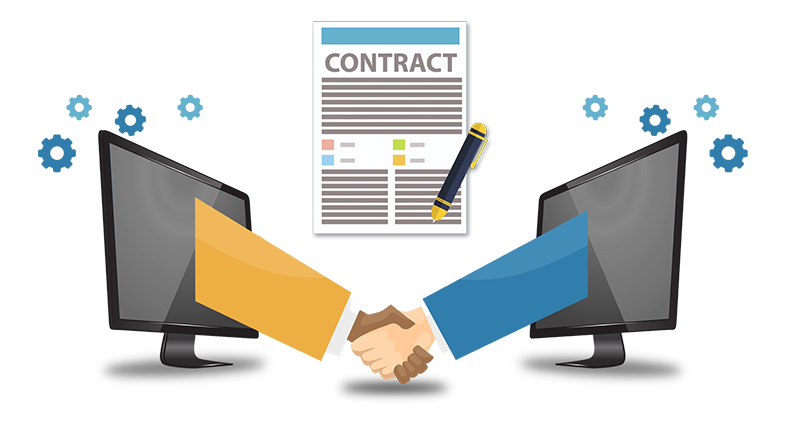The transition into the world of the cloud and everything-as-a-service has gone rather well. At least from the vendor perspective. However, from the perspective of those organizations hoping to jump on board, there does appear to be a lack of understanding regarding the effort required to take the plunge. In the end, it is important to know that moving any enterprise-wide application into a cloud-based software-as-a-service (SaaS) is not as simple as flipping a switch.
The evolution of software

While cloud-based SaaS solutions without question offer powerful solutions that can meet, and even exceed the needs of the enterprise, it’s important to research and understand the background of licensing agreements. There is the perpetual licensing model, where we pay a one-time fee, and the software is ours to use forever. With this type of software license, the one-time cost, along with the cost of the software implementation, is often capitalized, meaning that the money comes from a different cost center which we can then amortize over a predefined number of years. The only impact on our annual operating budget is the cost of the annual maintenance fee. This is a fee paid to the vendor to supply the expertise to repair any issues or defects. The annual maintenance fee may or may not include software upgrades, but usually not. This type of licensing is great for the enterprise, but it is challenging for the vendor as it means being on the constant hunt for new clients to be profitable.
A subscription licensing model means that you have to renew your license for a fee, usually on an annual basis. In some cases, the annual fee includes the cost of maintenance. The advantage to the enterprise is one line item that is easily predictable and, therefore, a known cost to add to the annual operating budget. There are seldom any surprises with this subscription type for the enterprise or the vendor. Of course, there are many variations of this licensing model, and it is important to ensure that the small print is thoroughly examined.
Both perpetual and subscription licensing come with the caveat that the software lives and breathes on the customer’s premises. The cloud took us all by storm with the option of offloading much of our data storage and server capacity to a third party. Software vendors were quick to follow with a new licensing strategy that would give organizations the option to also offload software to a third party. Software-as-a-service is now the sexy new arm candy that we are all clamoring to spend time with. Upgrades happen painlessly at planned intervals, and the software is maintained by the vendor. In theory, we only have to plan for the number of people who will have reference to the license, and the billing will happen on a per-employee-per-month (PEPM) basis. So, if we have 2,000 employees who need to be referenced by the software for payroll purposes, the cost per month would be 2,000 x the monthly PEPM fee.
Software-as-a-service is now the sexy new arm candy that we are all clamoring to spend time with. Upgrades happen painlessly at planned intervals and the software is maintained by the vendor.
But wait! There’s more!
While the PEPM cost may initially seem high, once the various in-house costs are added up for hardware, physical space, technical resources, and utilities, the numbers start to make a lot more sense. We tend to overlook that SaaS is not as simple as flipping a switch and jumping onto the cloud environment. There are business processes to be changed to align with the capabilities of the software. There is reporting to be developed, as the reporting that comes standard with any SaaS cloud implementation will seldom meet the needs of any organization. And to start with, the software needs to be fully understood by the subject matter experts within your organization and then configured and tested before going live. During this process, remember that it is most likely the same employees doing this that are needed for the day-to-day activities within the organization. SaaS software implementations are difficult, time-consuming, and they force us to change the way we think. It is important to thoroughly examine the implementation strategies that SaaS vendors offer and to keep that analysis high on your list of vendor selection criteria. While the bells and whistles of the software may look shiny and new, if the implementation is not done well, those same bells and whistles may be an irritating pain point for years to come.
SaaS vendor implementation

Some SaaS vendors will include, as part of the contract, but as a separate line item, the services required to migrate existing data to their environment. The advantages include having one partner to work with that is well-versed in the product and also understands the “best practices” behind successful implementations. Note that it is only the line item for implementation that can be capitalized. The PEPM cost would be part of the operating budget. This can be a bit of an eye-opener for corporate divisions that may be used to technology being supplied to them from an IT department and not something that their department would be required to budget for. On the downside, SaaS vendors will be motivated to migrate your data to their cloud as quickly as possible. While a fast transition time may seem to make sense, the time allocated may not be sufficient to adjust all corresponding business processes, engage change management, or properly train all stakeholders. In addition, any extensions to their short implementation time will often come at a cost.
Vendor-assisted strategies
Another approach is a joint implementation strategy utilizing vendor resources as well as subject matter experts from the customer. In this scenario, the internal resources work hand-in-hand with the vendor to configure and test the software. This allows the customer to retain the knowledge on how the software was configured, as well as any customizations and workarounds. The downside is that to be successful, the customer resources really need to be 100 percent allocated to the implementation for the entire duration of the project. This never seems to be fully understood, and resources are often required to complete the project off of the side of their desk while they continue to handle their day-to-day operational duties. This is seldom a recipe for success as resources become burnt out and start to disengage.
Implementation partner
Usually reserved for software that can be configured to align with even the most complex business practices, this option has the vendor focusing on what they do best: building, maintaining, and selling their services. The vendor certifies implementation partners, which are third parties whose purpose is to work with both the vendor and the customer, to configure and integrate existing data to the cloud solution. The upside is the ability of the software to meet the needs of the business and to utilize highly skilled professionals to ensure the transition runs smoothly while not completely utilizing operational resources. The downside is easy to guess. Implementation partners are very expensive. However, if your business processes are complex and unique, this level of service may be a good solution.
The downside is easy to guess. Implementation partners are very expensive. However, if your business processes are complex and unique, this level of service may be a good solution.
There is no switch
When engaging vendors to present their cloud SaaS strategy to your business problem, along with detailed requirements and in-depth vendor presentations, it is equally important to scrutinize the complexity of internal processes. If your industry is specialized and requires regulatory compliance, your business processes most likely lean towards the complex, and it may be a difficult process to shoehorn them into an off-the-shelf solution. Analyze and select the implementation strategy that best aligns with that complexity. While it may seem more expensive to use one strategy over another, remember that extending the timeline of a project can quickly eat up that difference.
Featured image: Shutterstock




Louise … again a good insight into the discussions that I’m having with clients every day. This is another great article that I can direct clients to read before they engage with Dynamics Core Partners to understand both of our roles in their transition to Cloud Services.
Thank-you so much, Stephen! I always appreciate a shout-out!